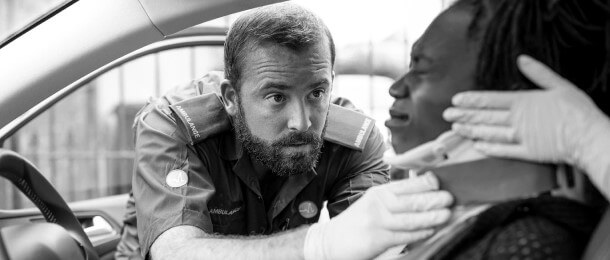10 tips for examination for discovery of the litigation.
Examination for discovery is a critical and important part of the litigation process. At an examinat...
由 Stefanie PereiraA core component of the services we provide at Grillo Law involves liability a property owner may face for injuries occurring on their premises. Homeowner liability can cover a wide spectrum of accidents, but some of the most common, are slips and falls caused by an unsafe environment. Knowing what homeowner liability covers is helpful for those who have been injured on someone else’s property and are unsure of their legal rights and protections, and it can also be of assistance to occupiers, so that they may better understand the level of responsibility and duty of care that is owed to their guests.

Under Section 1 of the Occupiers Liabiity Act, occupiers can be divided into four categories. The first are those who have actual physical possession over the premises. An occupier can also be a person who is responsible for control over the condition of the premises (such as a groundskeeper), those who have responsibility over control over activities carried on the premises (such as a party host), and lastly, those who have control over persons allowed to enter the premises (such as a tenant). Determining who the legal “occupier” is in your case is often the first issue that a lawyer may be able to assist you with.
Contributory negligence is a legal term that describes situations where victims may have contributed or caused their own injuries by reason of their very own negligence. In these cases, the courts may apportion the damages according to each party’s level of responsibility. These incidents are covered under Section 4 of the OLA, in the section titled “risks willingly assumed”. It serves as an exception to the duty of care under Section 3(1), stating that it does not apply where the risks have been willingly assumed by the person who enters the premises. This means that where the guest has been found to have willingly accepted the risk of some activity, the courts will lower the occupiers’ duty of care threshold and may instead find the guest partially or wholly liable for their own injuries. However, this does not mean that the occupier is completely exempted from his or her duty of care in such circumstances. Instead, the occupier is still responsible in NOT creating a danger with deliberate intention of harming others, and not acting with wanton disregard for the safety of others.
The legal test for whether or not a person has “willingly assumed the risk” involves the person 1) knowing that there was a risk and 2) consenting to the legal risk, which in a way akin to a “waiver” of their legal rights. The courts have generally been reluctant to recognize part 2 of the test in most cases, as even though a person may have known there was a risk it often does not amount to a total “legal waiver” of one’s rights.
A good example would be the case of Waldick v Malcolm, where the appellant Mr. Waldick had slipped on the icy driveway belonging to the Malcolms. The court found that just because Waldick had known of the risk of walking on the icy conditions, did not mean that he had willingly assumed the risk of falling down in a way that he was waiving his legal right to sue. The Malcolms were found liable for Waldeck’s personal injuries arising out of the fall.
What if someone has been injured on the property who was not supposed to be there or was not welcomed there? In most cases, under s. 4(3), a person who trespasses is deemed to have willingly assumed all the risks, and the occupier of the premises is subject only to the requirement not to create an intentional danger or acting recklessly for the safety of others. As such, trespassers may be found to have contributed to their own injuries.
Homeowner liability is a robust area of personal injury law with plenty of case examples. It is advised to consult experienced professionals at Grillo Law in determining how the sections of the Occupiers Liability Act and other common law principles may apply to your case.

博客
Examination for discovery is a critical and important part of the litigation process. At an examinat...
由 Stefanie PereiraHow Car Accident Tort Settlements Work in Ontario Fact scenario: Mrs. A is a 63 year old woman livin...
由 Moussa SabzehghabaeiSuing for whiplash – what to do and how to get a fair settlement When a car accident occurs, one of ...
由 Moussa Sabzehghabaei
您無需支付任何費用
直到你的案子贏了或解決了
申請免費諮詢!
您無需支付任何費用 直到你的案子贏了或解決了